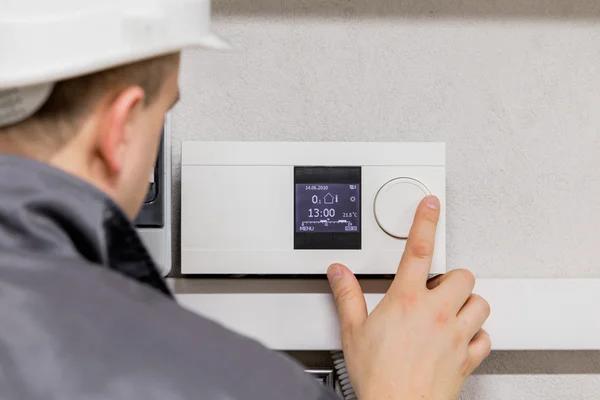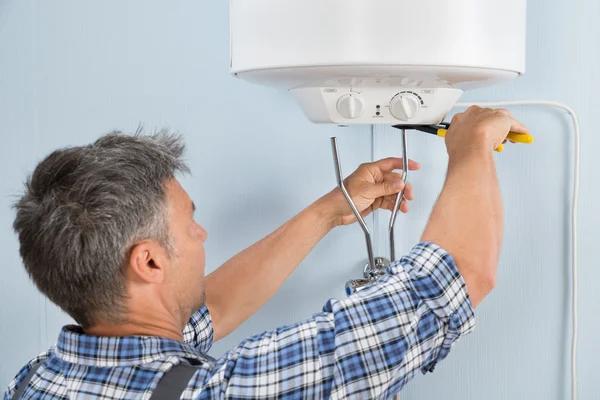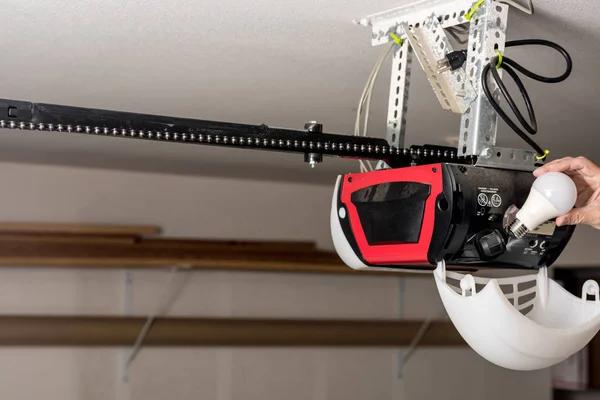Telehealth has rapidly transformed the healthcare landscape, especially since the onset of the COVID-19 pandemic. Its convenience and accessibility have made virtual consultations a popular option across various age groups. However, an observable divide exists between younger and older generations in their adoption and preference for telehealth services. Younger individuals tend to embrace digital health solutions more readily due to their familiarity with technology, while older adults often prefer traditional in-person visits. This divergence raises an important question: will in-person medical appointments eventually disappear for younger generations?
Younger people’s comfort with smartphones, apps, and video calls naturally extends to telehealth platforms. They appreciate the ability to consult with healthcare providers without leaving home or taking time off work or school. For routine check-ups, mental health counseling, prescription refills, and minor ailments, telehealth offers a practical alternative that fits seamlessly into busy lifestyles. Additionally, many younger patients find digital records easier to manage alongside other online activities such as fitness tracking or medication reminders.
Despite these advantages, some aspects of healthcare still require physical presence. Physical examinations involving palpation, auscultation with stethoscopes, blood tests, imaging studies like X-rays or MRIs cannot be conducted virtually. These limitations mean that even tech-savvy patients must occasionally visit hospice near me clinics or hospitals for comprehensive diagnostics and treatments.
Moreover, personal interaction remains a crucial element in building trust between patients and providers. Face-to-face communication allows physicians to observe nonverbal cues more accurately and fosters stronger relationships over time. While video calls can simulate this environment partially, they may not fully replace the nuanced experience of being physically present during consultations.
Healthcare systems are also adapting by integrating hybrid models that combine telehealth with traditional care pathways tailored to patient needs rather than age alone. Younger generations might use telemedicine extensively but still rely on in-person visits when necessary for specialized procedures or complex conditions.
In conclusion, although younger generations exhibit strong preferences toward digital healthcare options due to ease of access and technological fluency, it is unlikely that in-person visits will vanish entirely from their medical routines anytime soon. The nature of medicine requires hands-on assessments at times that cannot be replicated remotely. Instead of replacing face-to-face care altogether, telehealth is expected to complement it by offering flexible alternatives where appropriate while preserving essential human interactions within clinical settings across all ages.
Generations Health Care, Inc
7703 N Lamar Blvd Suite 160, Austin, TX 78752
737-240-3003











